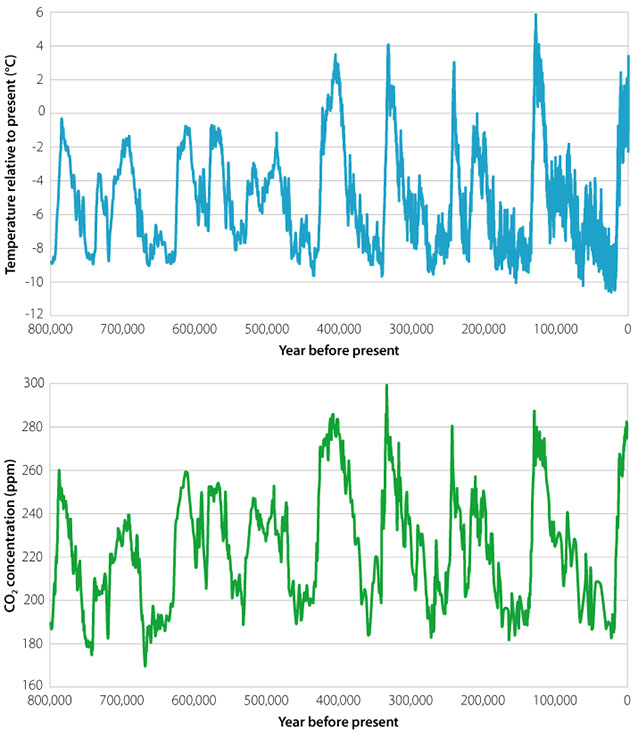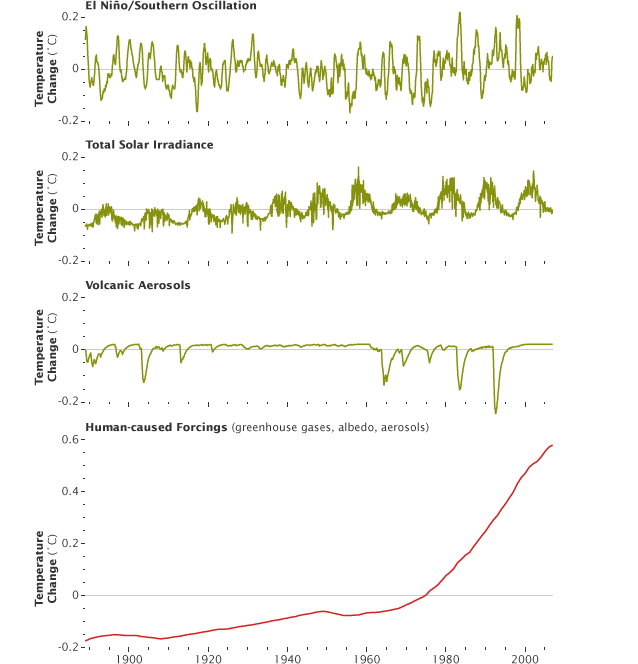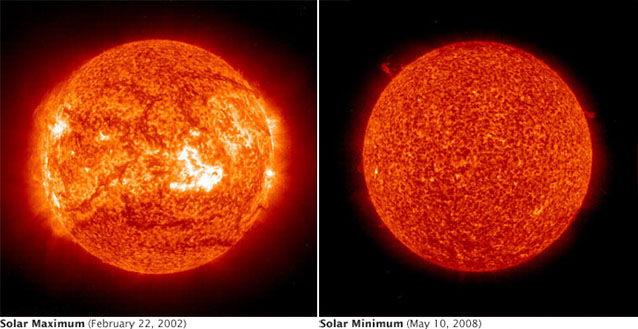835 Climate Change is natural
Another letter to the newspaper, about climate change:
Judith
Ireland mentions a study where 81% of those polled agree climate change is at
least partly caused by human activity. That leaves nearly 20% of the population
believing “climate change is natural”. This is interesting in view of a rarely
mentioned fact:
We all
know there are two types of climate change, A - the natural kind, with an
oscillation of about four to seven degrees over a few ten thousand years; thus
climate science says natural climate change allows for a temperature rise (or
drop) of about one degree in a thousand or so years (the other kind, B - man
made climate change, accounts for one degree of global warming over just the
past 100 years).
That
rarely mentioned fact is this: currently the world, in its climate oscillation, has just peaked in a warm period and is heading toward the cooling of the
earth’s climate. So, yes, climate change is natural (type A); but currently the
climate is naturally cooling, not warming.
I was
prompted to study climate change once more, when the throw-away line that
“Climate Change is natural, it has been going on for millions of years” was
once again thrust at me. The statement is, of course, true. But wait … there’s
more!
Just
quickly … there are two types of climate change, the natural type, where cold
(ice ages) and warm periods oscillate every 100,000 years. The temperature
difference is about 4 to 7 degrees Celsius. That sort of change in temperature
takes about 5,000 years to take effect … approx. 1 degree in a thousand years.
The
second type of climate change is man-made … for about 100 years our planet has
warmed by approx. 1 degree, ten times as quickly as natural climate
change ... so that’s the short version; I have an essay on Climate Change
Denialism.

What is
interesting are these statistics (see graphs below): Currently the world has passed the high end of
the temperature-change cycle. This means that if there is a natural change in
temperatures world wide, it would be downward, and it would not be as rapid as
we are experiencing currently.
The point with the two types of Climate Change is this: The first type has practically no effect on any population at the time, it is too slow to be noticed. Who ever lived at the time of an ice age, would have been quite happy about their climate, since they were adjusted to it. Ditto with people living at the height of a warm period.
With the current man-made Climate Change the situation is dramatically different ... we are very aware of the changes in the climate and we will find it very difficult adjusting to them, especially if we live on Pacific Islands or in Bangladesh. And since it is man-made, it is only reasonable to suggest that man (i.e. us, every one of us) does what is humanly possible to ameliorate Climate Change. It's a no-brainer.
Is Current Warming Natural?
In Earth’s history before the Industrial
Revolution, Earth’s climate changed due to natural causes not related to human
activity. Most often, global climate has changed because of variations in sunlight.
Tiny wobbles in Earth’s orbit altered when and where sunlight falls on Earth’s
surface. Variations in the Sun itself have alternately increased and decreased
the amount of solar energy reaching Earth.
Volcanic eruptions have generated
particles that reflect sunlight, brightening the planet and cooling the
climate. Volcanic activity has also, in the deep past, increased greenhouse
gases over millions of years, contributing to episodes of global warming.
These natural causes are
still in play today, but their influence is too small or they occur too slowly
to explain the rapid warming seen in
recent decades. We know this because scientists closely monitor the natural and
human activities that influence climate with a fleet of satellites and surface
instruments.
A natural climate cycle
Over the last 800,000 years Earth’s climate has
been cooler than today on average, with a natural cycle between ice ages and
warmer interglacial periods. The transitions out of ice ages leading to an
eventual global temperature change of around 4-7°C, took about 5,000 years.
Atmospheric CO2 levels have been very
tightly linked to temperature throughout this cycle. In fact, the size of the
global temperature changes can only be explained by including the varying
greenhouse effect from CO2, without which temperature change would
be have been much smaller.
Global Warming Natural
Cycle
In the
natural cycle, the world can warm, and cool, without any human interference.
For the past million years this has occurred over and over again at
approximately 100,000 year intervals. About 80-90,000 years of ice age with
about 10-20,000 years of warm period, give or take some thousands of years.
Where
are we currently in the natural cycle (Milankovitch
cycle)? The warmest point of the last cycle was around 10,000 years
ago, at the peak of the Holocene. Since then, there has been an overall cooling
trend, consistent with a continuation of the natural cycle, and this cooling
would continue for thousands of years into the future if all else remained the
same.
But
since 1750 however, the CO2 content of the atmosphere has deviated
from the natural cycle. Instead of decreasing, it has increased because of the
fossil-fuel burning. Methane and nitrous oxide have also increased unnaturally
because of agricultural practices and other factors. The world has also warmed
unnaturally. We are now deviating from the natural cycle.
The
natural cycle is understood by examining the paleo
records. The fact that the earth goes in and out of ice ages distinctly
outlines the natural cycles of Earth's climate. This occurs about every 100,000
years. We are currently in a warm period. Generally, Earth spends about
80-90,000 years in an ice age and around 10-20,000 years (or so) in a warm
period.


Although Earth’s temperature fluctuates naturally, human influence on climate has eclipsed the magnitude of natural temperature changes over the past 120 years. Natural influences on temperature - El Niño, solar variability, and volcanic aerosols - have varied approximately plus and minus 0.2° C (0.4° F), (averaging to about zero), while human influences have contributed roughly 0.8° C (1° F) of warming since 1889. (Graphs adapted from Lean et al., 2008.)

I added this just because I like the photos of the sun
Changes
in the brightness of the Sun can influence the climate from decade to decade,
but an increase in solar output falls short as an explanation for recent
warming. NASA satellites have been measuring the Sun’s output since 1978. The
total energy the Sun radiates varies over an 11-year cycle. During solar
maxima, solar energy is approx. 0.1 percent higher on average than during solar minima.